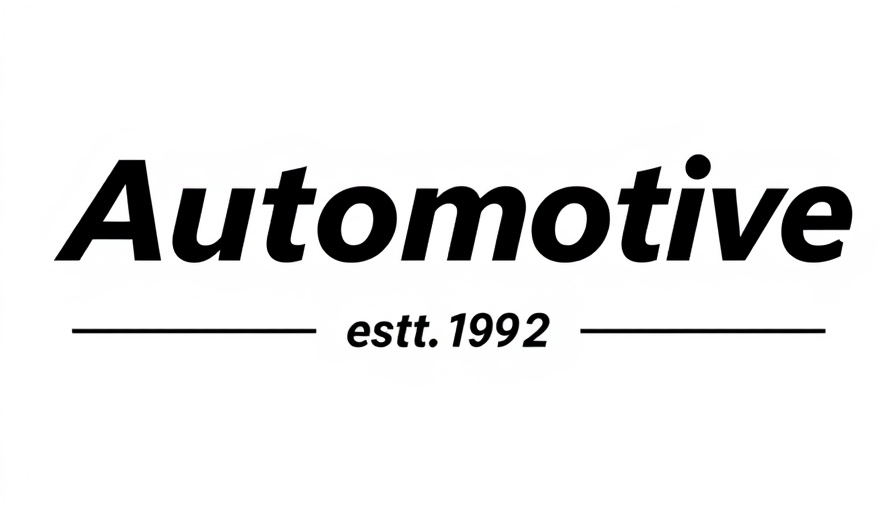
The Shift in New-Vehicle Prices: A Sign of Change
February’s automotive sales figures show a nuanced landscape for car buyers and dealerships alike. Kelley Blue Book (KBB) reveals that the average transaction price (ATP) of a new vehicle slipped slightly to $48,039, marking a 1.3% decrease from January. Though this may seem like a setback, it comes with a silver lining: the ATP is still up by 1% compared to last year. This duality underscores the dynamic changes within the automotive market as the repercussions of rising interest rates and economic pressures influence vehicle affordability.
Understanding Consumer Affordability Amid High Prices
While the price drop signals some relief for potential buyers, the ongoing challenge remains regarding financing. According to Cox Automotive, rising auto loan rates, which averaged 10.16% in February, compound the affordability struggles faced by many. Jonathan Smoke, Cox’s chief economist, notes that we are experiencing a “K-shaped economy,” where higher-income households benefit from rising incomes, while lower-income families grapple with increased costs, representing a widening divide in consumer capabilities.
High-End Vehicles Thrive Despite Economic Unease
Interestingly, luxury vehicles continue to dominate sales figures, with over 52,000 transactions recorded for vehicles priced above $100,000, an increase from earlier years. This trend exemplifies a paradox where the wealthiest consumers are buoyed by economic stability, supporting the high-end segment even as affordability constrains the middle market. Data shows that brands like Land Rover set records in sales of six-figure vehicles—demonstrating that not all consumers feel the pinch of the economic downturn.
The Impact of Incentives on Consumer Choices
Incentive packages also play a crucial role in new-vehicle sales. While incentives remain flat compared to the previous month, they surged by 18.6% year-over-year, with averages at about $3,392 per vehicle. This increase can soften the harsh realities of a higher ATP, enticing consumers who are contemplating making significant investments in their next vehicle. Dealerships looking to maintain customer engagement should leverage these incentives wisely to drive sales amidst pressing economic challenges.
Future Predictions: Navigating a Changing Market
As the automotive market progresses, what does the future hold for dealerships? Experts suggest that staying adaptable will be key. By continuously assessing market trends and consumer preferences—like the shift towards luxury vehicles and changes in financing options—dealerships can position themselves to cater to demand while managing costs effectively. It’s essential for automotive businesses to recognize the demands of high-income consumers while concurrently addressing the needs of more price-sensitive shoppers.
The changing landscape of new-vehicle pricing reveals deeper insights into consumer behavior. The dual challenge of affordability alongside the boom in luxury vehicle sales necessitates a strategic response from dealerships to navigate the complexities of today’s automotive market. Stay informed, adapt, and leverage pricing strategies effectively to meet your customers' needs.
Ready to learn more about the fluctuating trends in vehicle pricing and what they mean for your dealership? Engage with our specialized resources to enhance your sales strategy amidst these shifting dynamics!
 Add Row
Add Row  Add
Add 

 Add Row
Add Row  Add Element
Add Element 




Write A Comment